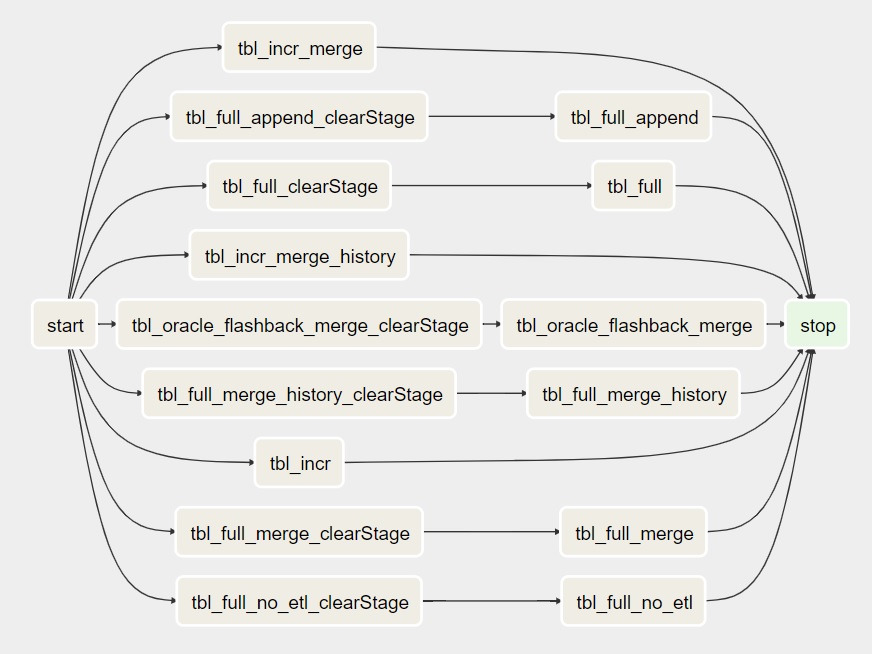
Some of the tasks being queued may result with the workers in the process of being removed, and will end when the container is deleted. In the second scenario, it removes the additional workers. If there is a brief moment where 1) the current tasks exceed current environment capacity, followed by 2) a few minutes of no tasks executing or being queued, then 3) new tasks being queued.Īmazon MWAA autoscaling reacts to the first scenario by adding additional workers. This can occur for the following reasons: There may be tasks being deleted mid-execution that appear as task logs which stop with no further indication in Apache Airflow.

You can use the update-environment command in the AWS Command Line Interface (AWS CLI) to change the minimum or maximum number of Workers that run on your environment.Īws mwaa update-environment -name MyEnvironmentName -min-workers 2 -max-workers 10 If there are a large number of tasks that were queued before autoscaling has had time to detect and deploy additional workers, we recommend staggering task deployment and/or increasing the minimum Apache Airflow Workers. If there are more tasks to run than an environment has the capacity to run, we recommend reducing the number of tasks that your DAGs run concurrently, and/or increasing the minimum Apache Airflow Workers. If there are more tasks to run than the environment has the capacity to run, and/or a large number of tasks that were queued before autoscaling has time to detect the tasks and deploy additional Workers. This often appears as a large-and growing-number of tasks in the "None" state, or as a large number in Queued Tasks and/or Tasks Pending in CloudWatch. There may be a large number of tasks in the queue. To learn more about the best practices we recommend to tune the performance of your environment, see Performance tuning for Apache Airflow on Amazon MWAA. There are other ways to optimize Apache Airflow configurations which are outside the scope of this guide. This leads to large Total Parse Time in CloudWatch Metrics or long DAG processing times in CloudWatch Logs. If you're using greater than 50% of your environment's capacity you may start overwhelming the Apache Airflow Scheduler.
#Airflow dag not updating update#
Reduce the number of DAGs and perform an update of the environment (such as changing a log level) to force a reset.Īirflow parses DAGs whether they are enabled or not. We can attach a success callback as part of the arguments provided while defining the DAG.There may be a large number of DAGs defined.

Airflow also allows us to define callbacks at DAG level and at task level.

A callback is nothing but a Python function. To help send notifications and perform an action, Airflow provides two callbacks - one for success and one for failure. When I mention notifications, it can also mean taking an action - say cleaning a table, updating status, fetching logs - in addition to the notification, which could be an email or a ServiceNow ticket or something similar. This is important because failures have to be addressed on priority on a production environment. Even if we do not implement an elaborate setup of extracting the complete log for the executing application, a simple email is the minimum expectation.

While many implementations may accept that notifications are not sent for success, no one will accept if notifications are not sent in case of failure. In most cases, it is expected that a data processing pipeline send notifications - for success and / or for failure.


 0 kommentar(er)
0 kommentar(er)
